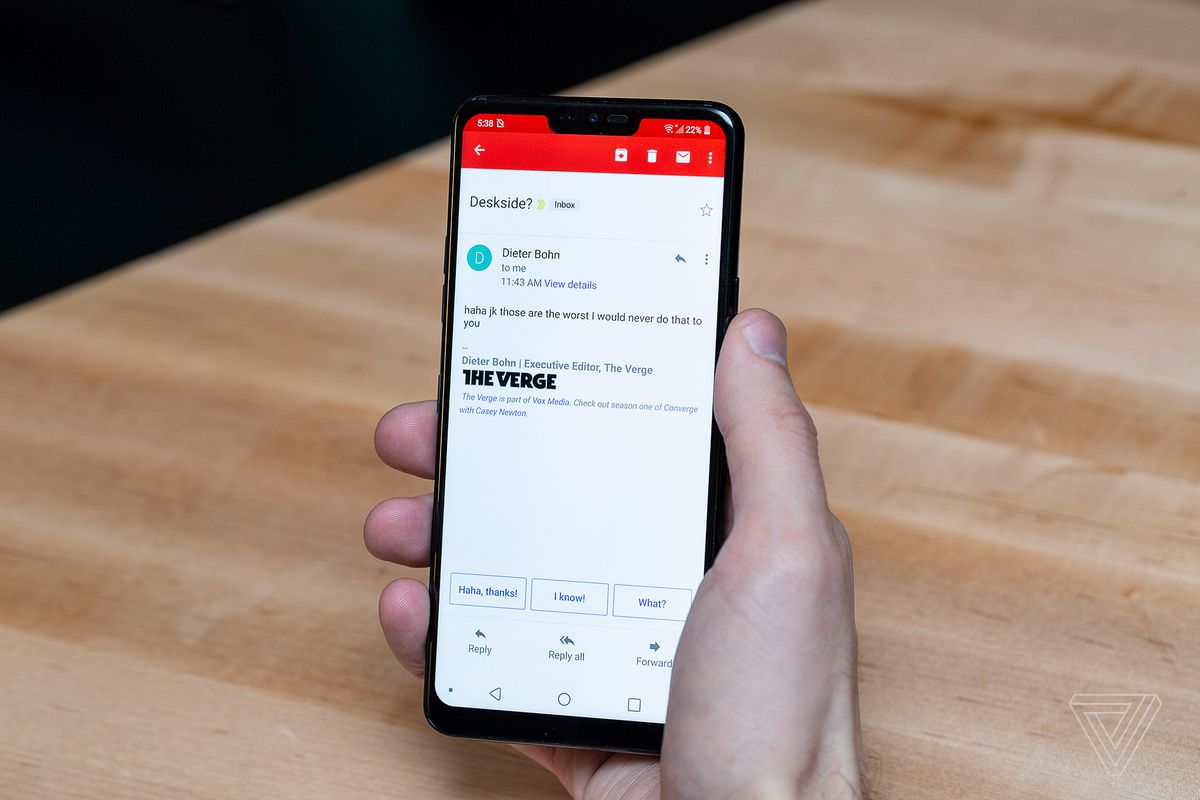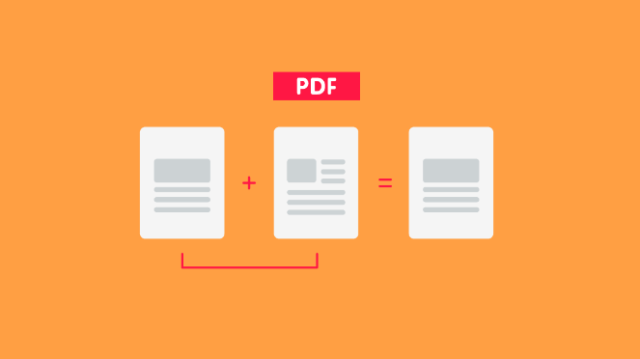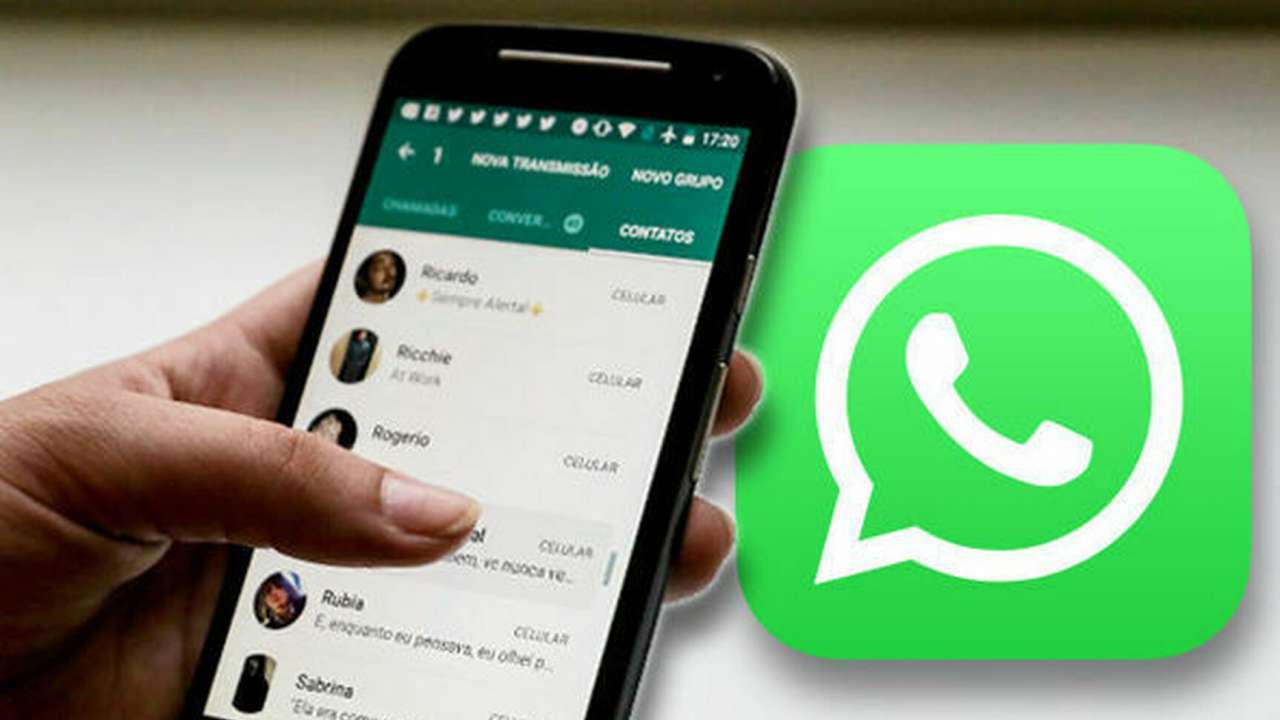In today’s digital age, the security of our personal information is of utmost importance. With the increasing prevalence of hacking and unauthorized access, it’s crucial to ensure the safety of our online accounts, including our Gmail accounts. If you suspect that someone else may be using your Gmail account without your knowledge, there are steps you can take to check for any suspicious activity and secure your account. This article will guide you through the process of checking if someone else is using your Gmail account and what to do to protect yourself.
Before we dive into the steps to check for unauthorized access, let’s first familiarize ourselves with the signs that may indicate someone else is using your Gmail account. These signs include:
Emails you didn’t send: If you notice emails in your Sent folder that you didn’t compose or send, it’s a clear indication that someone else may have access to your account.
Complaints from contacts: If your contacts inform you that they received spam or malware emails from your account, it’s a strong indication that your account may have been compromised.
Unfamiliar account creation emails: If you receive emails from organizations confirming account creation that you never signed up for, it’s a red flag that someone else may have used your account information.
Suspicious activity: Any other unusual activity in your account, such as changes in security settings or unrecognized devices logged into your account, should be investigated further.
Step 1: Checking Login Activity
The first step in determining if someone else is using your Gmail account is to review your login activity. Google provides a tool that allows you to check the recent activity of your account, including logins, IP addresses, and browser details.
To access your login activity:
Log into your Gmail account.
Scroll to the bottom of your Inbox page and click on the Details link in the bottom right corner.
A page will appear displaying your recent security events, including logins.
Review the login details to see if you notice any suspicious activity, such as unrecognized IP addresses or unusual login times.
If you don’t see the Details link at the bottom of your Gmail inbox, you can use this link.
Step 2: Checking for Changes in Your Account
If you’re still unsure whether your account is being accessed by someone else, there are additional steps you can take to investigate further. These steps include:
Checking for changes in your account settings: Review your account settings to see if any changes have been made without your knowledge. Pay attention to your account name, contact information, 2-factor authentication, and recovery email settings.
Checking your deleted folder: Sometimes, hackers may use emails in your deleted items folder to gain access to other accounts. Take a look at your deleted folder for any suspicious emails.
Step 3: Reviewing Unrecognized Devices
Another crucial step in determining if someone else is using your Gmail account is to review the devices connected to your account. By checking the devices list, you can identify any unrecognized devices that may have accessed your account.
To review your connected devices:
Go to your Account Security page.
Look for any Security Alerts and review them for any unauthorized access.
Navigate through your devices list and remove any older devices that you no longer use or don’t recognize.
Step 4: Taking Action if Your Account Has Been Hacked
If you find any evidence of unauthorized access to your Gmail account, it’s essential to take immediate action to secure your account and prevent further damage. Here are the steps you should follow:
Change your Gmail password: The first and most crucial step is to change your Gmail password. This will prevent the hacker from accessing your account further. Make sure to choose a strong, unique password that is not easily guessable.
Enable two-factor authentication (2FA): Two-factor authentication adds an extra layer of security to your account by requiring a second verification step, such as a code sent to your phone, in addition to your password. Enable 2FA to ensure that even if someone has your password, they won’t be able to access your account without the second verification step.
Run a full antivirus and malware scan: To ensure that your devices are free from any malicious software or viruses that may have been responsible for the unauthorized access, run a thorough antivirus and malware scan. This will help detect and remove any potential threats.
Alert your contacts: If your account has been compromised, it’s important to inform your contacts about the situation. Let them know that any suspicious emails sent from your account should be ignored and deleted.
Step 5: Account Recovery
In the unfortunate event that you are unable to access your Gmail account due to the hacker taking control, you can initiate the account recovery process with Google’s support. Visit the Google Account Recovery page and follow the steps to regain access to your account. It’s important to provide accurate information and answer security questions to verify your identity.
Additional Tips for Account Security
To ensure the security of your Gmail account and minimize the risk of unauthorized access, consider implementing the following measures:
- Regularly update your passwords: Change your passwords regularly and avoid reusing them across multiple accounts. Use a combination of letters, numbers, and special characters to create strong and unique passwords.
- Be cautious of phishing attempts: Be wary of suspicious emails or websites that may be trying to trick you into revealing your login credentials. Always verify the authenticity of emails and only enter your account information on trusted websites.
- Keep your devices and software up to date: Regularly update your devices and software to ensure you have the latest security patches and protections against vulnerabilities.
- Monitor your account activity: Periodically review your account activity and enable notifications for any suspicious activity. Google provides tools to monitor your account and alerts you if any unusual activity is detected.
Conclusion
Your Gmail account contains a wealth of personal information, making it a prime target for hackers. By following the steps outlined in this article, you can check for unauthorized access to your Gmail account and take the necessary actions to secure it. Remember to regularly review your account activity, enable two-factor authentication, and keep your devices and software up to date to minimize the risk of unauthorized access. Stay vigilant and proactive in protecting your online accounts and personal information.








